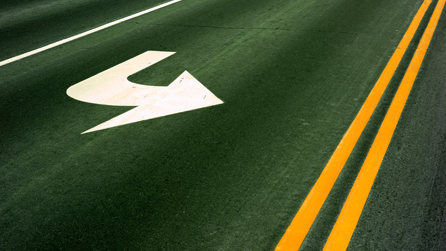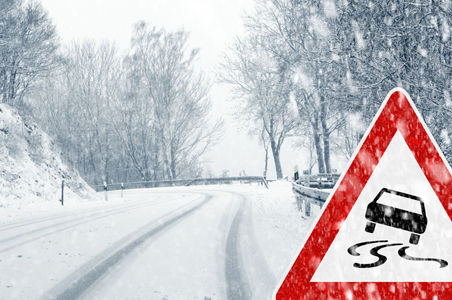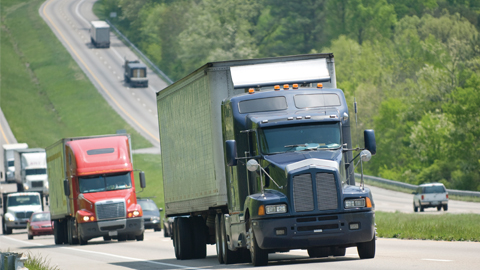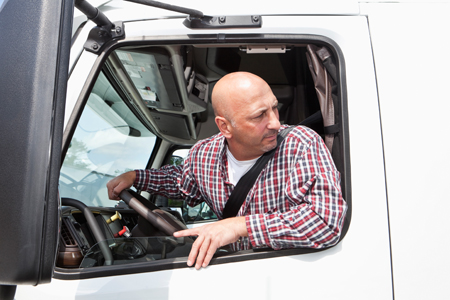Help Turn Work Zones into "Safe Zones"

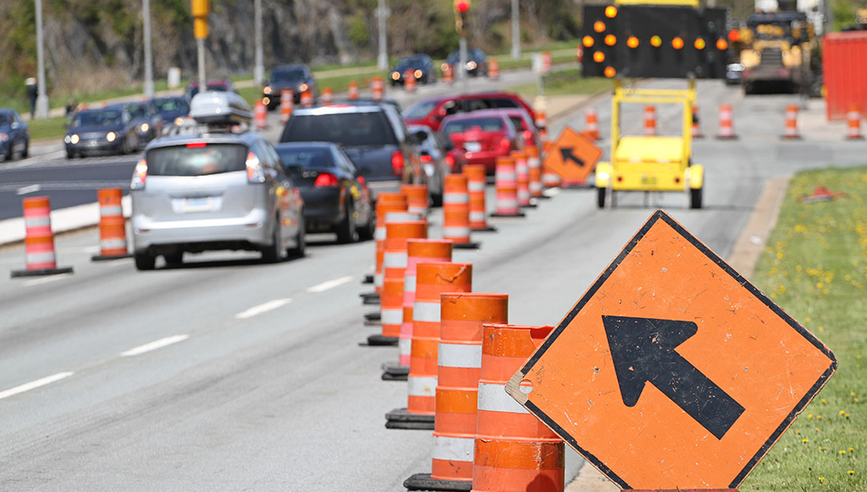
According to recent statistics, there were 669 work zone fatalities and more than 30,000 injuries in the U.S. during 2014.1 More than 80 percent of those killed in work zones were drivers and their passengers.
These numbers show that work zones are clearly high-hazard areas that deserve special attention.
What can you do to help make work zones safer? Consider these tips:
- Select an alternate route. One of the best ways to avoid long delays, frustration and the potential for an accident is to avoid construction zones. If an alternate route is not available, allow extra time in your schedule.
- Follow warning and caution signs. Slow down to the posted speed and move to the proper lane before entering the work area. Traffic or road conditions may require you to slow down even more.
- Keep a safe following distance. Rear-end collisions are a common work zone accident. Watch for slow moving traffic and be prepared for abrupt stops.
- Don’t be a bully. Granted, it’s frustrating to watch other drivers pass instead of merging to the proper lane as they should. However, if you use your vehicle to block or intimidate other drivers, you could cause an accident or be ticketed.
- Avoid distractions. Stay focused on driving so you are able to react quickly to sudden hazards.
- Stay in your lane. Narrow lanes and restricted shoulders make work zones a common place for lane-change accidents. Changing lanes in a construction zone is dangerous and is often prohibited for this reason.
- Watch for construction equipment and workers. Construction equipment entering and exiting work zones without warning, equipment protruding into traffic and construction crews and flaggers working dangerously close to moving traffic are just a few of the hazards to expect. Maintain a safe following distance behind construction vehicles.
- Watch for irritable and confused motorists. Traffic delays and changes to normal road design can cause some drivers to become confused and irritable. Expect unpredictable or erratic driving from other motorists.
- Stay alert for obstacles and debris. Construction equipment, signs and barriers are often located close to the edge of the roadway. Debris from work projects, such as dust, dirt and gravel, can create extra hazards.
- Exit work zones safely. Be aware of motorists who may attempt to pass on the right. Watch for construction equipment beyond the designated work area. Stay in your lane to allow other motorists, who can accelerate more quickly, to maneuver around you.
Work zone safety facts
- Work zone crashes resulted in 669 fatalities and 30,500 injuries during 2014 (Injury Facts, 2016 Edition, National Safety Council)
- 24 percent of work zone fatalities involve at least one large truck
(Pocket Guide to Large Truck and Bus Statistics, FMCSA, October 2014) - Rear-end collisions are the most common type of work zone crash (Work Zone Safety for Drivers, FHWA)
- Speeding, distraction & aggressive driving are behaviors that contribute to work zone crashes (Work Zone Safety and Mobility Fact Sheet, FHWA, April 2014)
Source
1 Injury Facts, 2016 Edition, National Safety Council
Doc#: LCT701
